David E. Shaw
Efficient hyperparameter optimization by way of PAC-Bayes bound minimization
Aug 14, 2020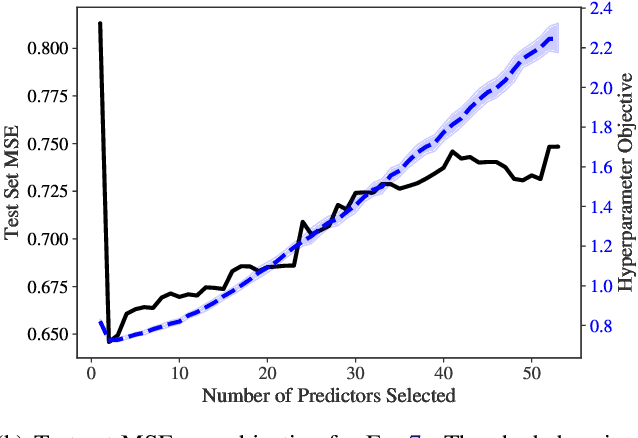
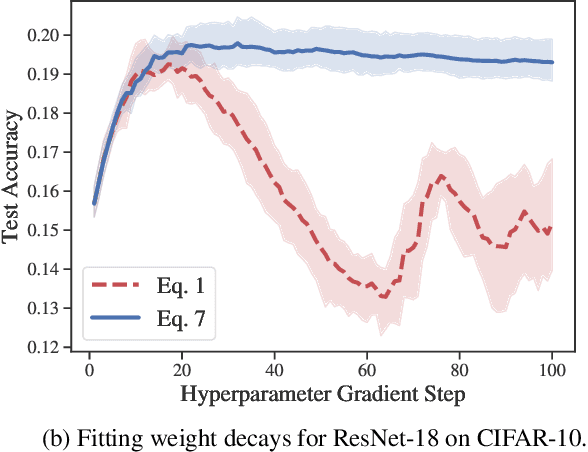
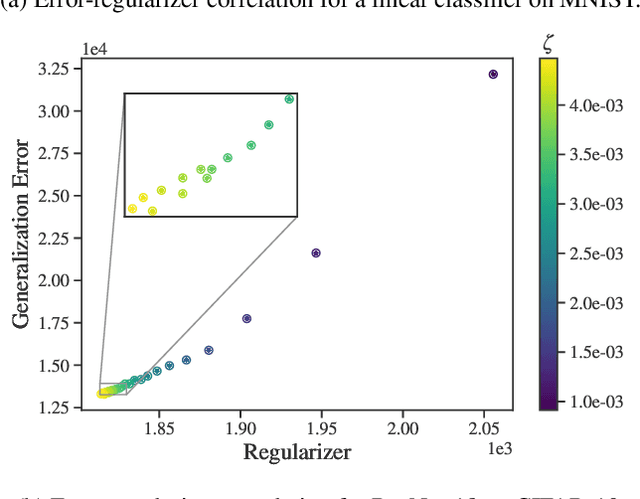
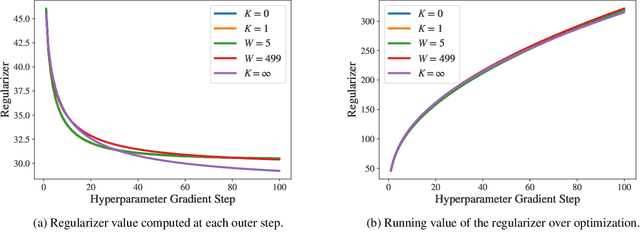
Abstract:Identifying optimal values for a high-dimensional set of hyperparameters is a problem that has received growing attention given its importance to large-scale machine learning applications such as neural architecture search. Recently developed optimization methods can be used to select thousands or even millions of hyperparameters. Such methods often yield overfit models, however, leading to poor performance on unseen data. We argue that this overfitting results from using the standard hyperparameter optimization objective function. Here we present an alternative objective that is equivalent to a Probably Approximately Correct-Bayes (PAC-Bayes) bound on the expected out-of-sample error. We then devise an efficient gradient-based algorithm to minimize this objective; the proposed method has asymptotic space and time complexity equal to or better than other gradient-based hyperparameter optimization methods. We show that this new method significantly reduces out-of-sample error when applied to hyperparameter optimization problems known to be prone to overfitting.
A deep-learning view of chemical space designed to facilitate drug discovery
Feb 07, 2020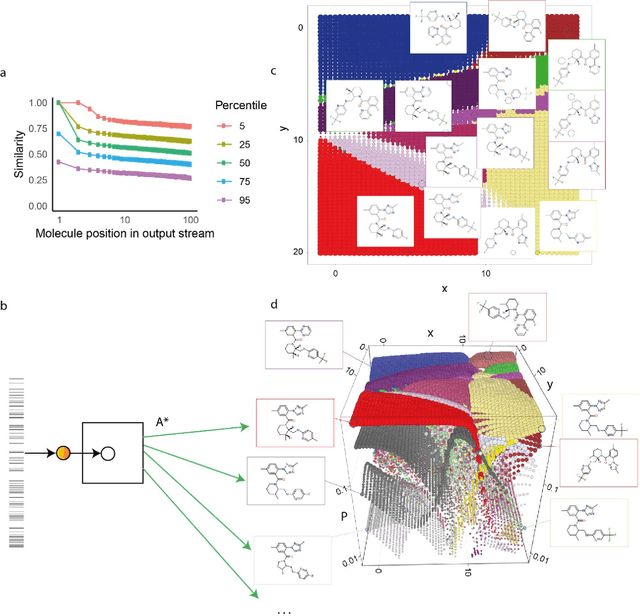
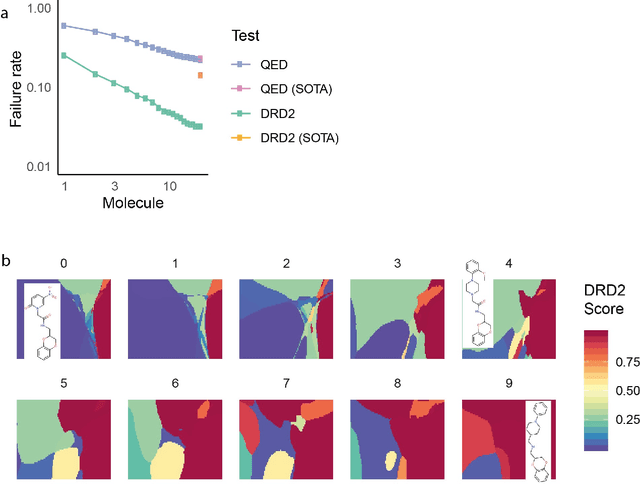
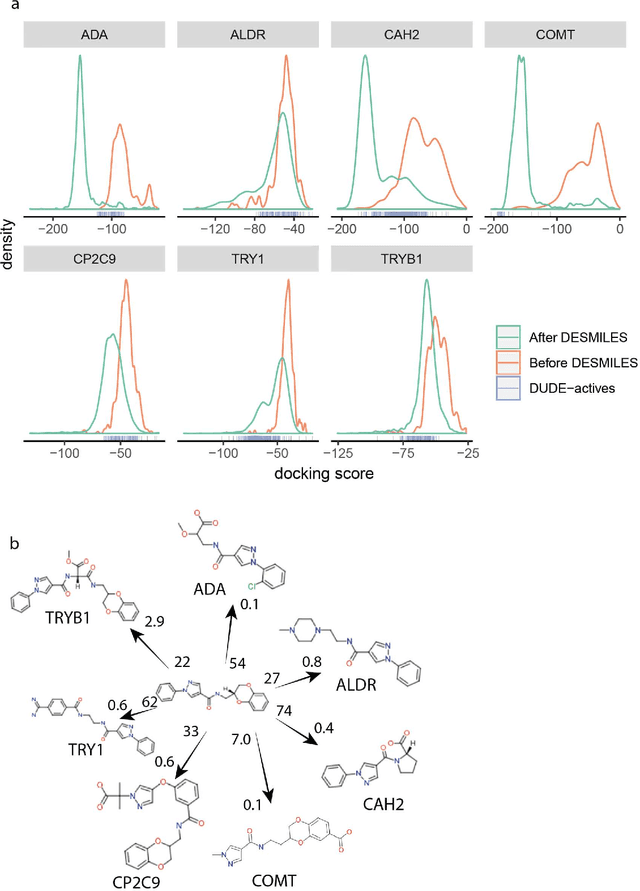
Abstract:Drug discovery projects entail cycles of design, synthesis, and testing that yield a series of chemically related small molecules whose properties, such as binding affinity to a given target protein, are progressively tailored to a particular drug discovery goal. The use of deep learning technologies could augment the typical practice of using human intuition in the design cycle, and thereby expedite drug discovery projects. Here we present DESMILES, a deep neural network model that advances the state of the art in machine learning approaches to molecular design. We applied DESMILES to a previously published benchmark that assesses the ability of a method to modify input molecules to inhibit the dopamine receptor D2, and DESMILES yielded a 77% lower failure rate compared to state-of-the-art models. To explain the ability of DESMILES to hone molecular properties, we visualize a layer of the DESMILES network, and further demonstrate this ability by using DESMILES to tailor the same molecules used in the D2 benchmark test to dock more potently against seven different receptors.
 Add to Chrome
Add to Chrome Add to Firefox
Add to Firefox Add to Edge
Add to Edge